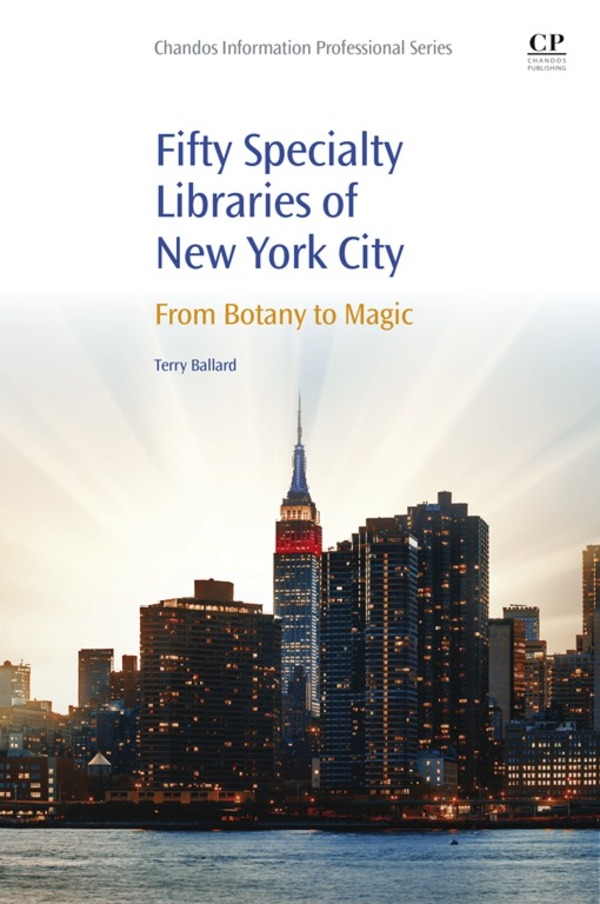50 Specialty Libraries of New York City
From Botany to Magic
Table of Contents
Series Page
Chandos Information Professional Series
Series Editor: Ruth Rikowski
(email: )
Chandos new series of books is aimed at the busy information professional. They have been specially commissioned to provide the reader with an authoritative view of current thinking. They are designed to provide easy-to-read and (most importantly) practical coverage of topics that are of interest to librarians and other information professionals. If you would like a full listing of current and forthcoming titles, please visit www.chandospublishing.com.
New authors: we are always pleased to receive ideas for new titles; if you would like to write a book for Chandos, please contact Dr Glyn Jones on or telephone +44 (0) 1865 843000.
Copyright
Chandos Publishing is an imprint of Elsevier
50 Hampshire Street, 5th Floor, Cambridge, MA 02139, USA
Langford Lane, Kidlington, OX5 1GB, UK
Copyright 2016 by T. Ballard. Published by Elsevier Ltd. All rights reserved.
No part of this publication may be reproduced or transmitted in any form or by any means, electronic or mechanical, including photocopying, recording, or any information storage and retrieval system, without permission in writing from the publisher. Details on how to seek permission, further information about the Publishers permissions policies and our arrangements with organizations such as the Copyright Clearance Center and the Copyright Licensing Agency, can be found at our website: www.elsevier.com/permissions.
This book and the individual contributions contained in it are protected under copyright by the Publisher (other than as may be noted herein).
Notices
Knowledge and best practice in this field are constantly changing. As new research and experience broaden our understanding, changes in research methods, professional practices, or medical treatment may become necessary.
Practitioners and researchers must always rely on their own experience and knowledge in evaluating and using any information, methods, compounds, or experiments described herein. In using such information or methods they should be mindful of their own safety and the safety of others, including parties for whom they have a professional responsibility.
To the fullest extent of the law, neither the Publisher nor the authors, contributors, or editors, assume any liability for any injury and/or damage to persons or property as a matter of products liability, negligence or otherwise, or from any use or operation of any methods, products, instructions, or ideas contained in the material herein.
ISBN: 978-0-08-100554-5 (print)
ISBN: 978-0-08-100560-6 (online)
British Library Cataloguing-in-Publication Data
A catalogue record for this book is available from the British Library
Library of Congress Cataloging-in-Publication Data
A catalog record for this book is available from the Library of Congress
For information on all Chandos Publishing publications visit our website at http://store.elsevier.com/

Dedication
The very existence of libraries affords the best evidence that we may yet have hope for the future of man
T.S. Eliot
This book is dedicated to the sixty or so librarians, directors and administrators who took time out to show me their libraries and tell me their stories. It is my hope that this will shine a much deserved spotlight on the wonderful work that you are doing.
About the Author
Terry Ballard is the author of two previous books and more than 70 articles in the field of library science and is the winner of two national writing awards. Since earning his MLS in 1989 from the University of Arizona, he has worked as an academic systems librarian in New York and Connecticut. He is currently adjunct Special Projects Librarian at the College of New Rochelle in Westchester County, New York. He has presented at conferences such as Computers in Libraries , The Third International Conference on the Book in Oxford, and the American Library Association . He is also the author of Google this: Putting Google and other social media sites to work for your library (Chandos, 2012).
Foreword
When Terry Ballard invited me to write the foreword to his new book, Fifty Specialty Libraries in New York City , I knew I would be reflecting on Terry as a personality, not just the organization and writing of the book. In the 20-plus years I have known Terry, from the first time I met him at a Library and Information Technology Association conference, I could not imagine any time with him that would not be unique, joyful, and educational. When he came to my library school research methods class as a guest lecturer, he inspired my students to do some of their most creative work. This was especially true following the lecture based on his book Google This .
His approach to life and to this book is positive and inquisitive. Unlike most library directories, this one has a personal approach as well as a careful evaluation of each library. The pronoun I is used often. If you want a quick description of a library, this is not it. Instead, you will experience Terrys eye-opening, thorough inspection and assessment of each library. Before you visit, you will know if this is a library you will like. Feeling and tone are as much a part of each description as is the size of the collection or the number of rooms in the library.
The libraries were selected after an examination of directories and a search of the Internet as well as from the authors own knowledge of libraries. Of the 50 libraries, some are part of larger institutions such as The Berg Collection at The New York Public Library, while others are smaller and/or freestanding libraries such as the Kristine Mann Library, a library devoted to the works of Carl Jung.
If you like the authors approach, each entry will be a delight to read, whether or not you visit the library. The detailed descriptions are enhanced by photographs taken by Terry, for whom photography is a serious avocation, and include information such as the extensive history of each library. The descriptions all follow a similar pattern, beginning with directions on how to find the library, not always easy in a city like New York. Terrys sense of openness, discovery, and good humor infuses each library description. His keen observation skills are evident in all entries. After reading this book, you will feel like you have been in each library and need to visit only to see how closely your observations match Terrys. You will also have a good notion of whether a specific library is likely to be useful for your own research.
This book is perfect for the armchair library traveler, the library visitor, and the researcher of special subjects. I have not seen another book like it and doubt I ever will. So, read, visit, enjoy, and find the information you desire in one or more of these very special libraries.


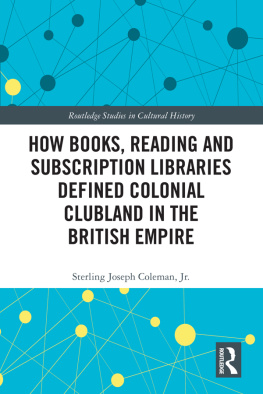
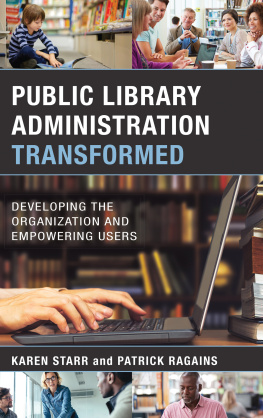
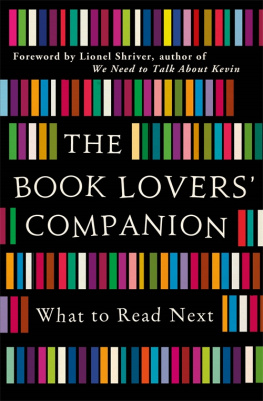
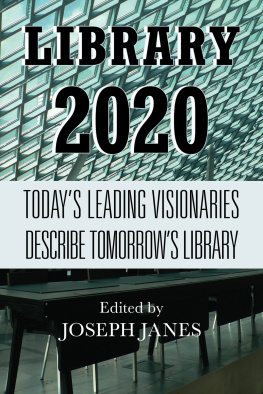
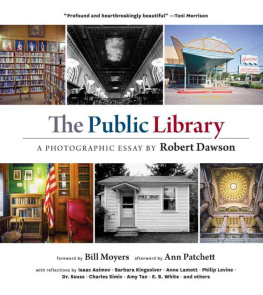

![Anita Anand - The Library Book. Anita Anand ... [Et Al.]](/uploads/posts/book/40194/thumbs/anita-anand-the-library-book-anita-anand-et.jpg)
